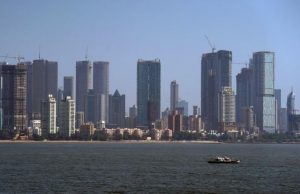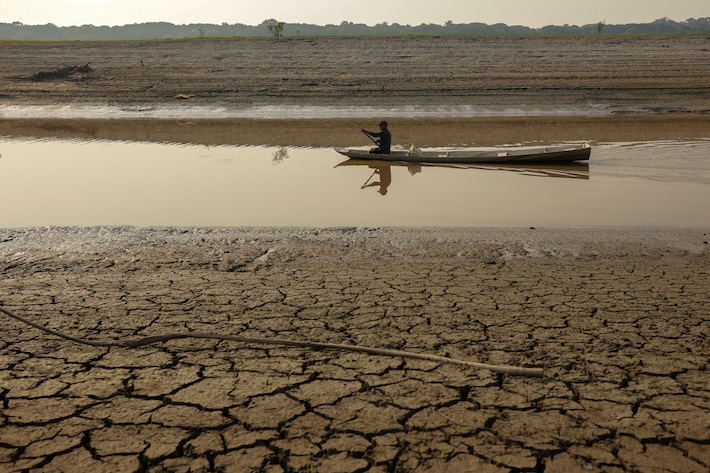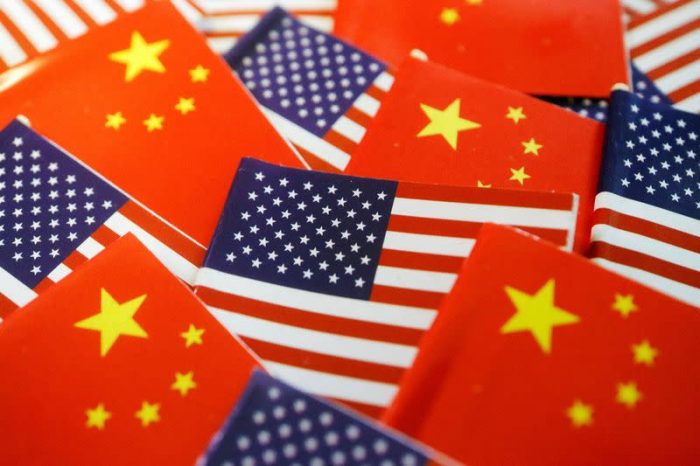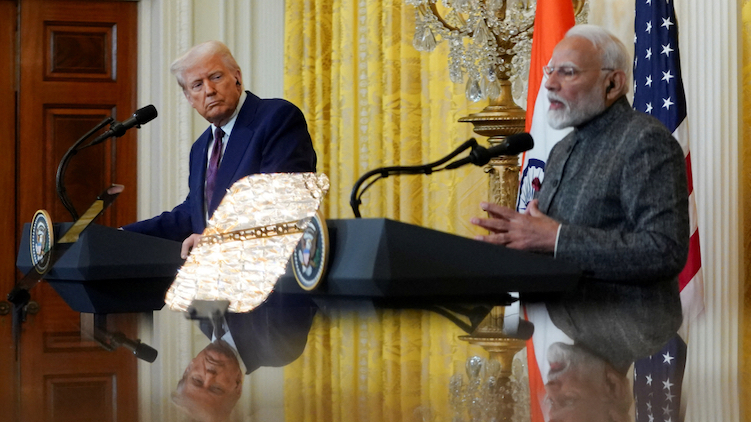China’s imports of liquefied natural gas (LNG) have fallen this year, leading analysts to say US tariffs have had a significant impact on both exports and industrial demand.
Five research firms have revised their forecasts and predicted that China’s annual imports of LNG will decline for the first time in three years because of this, as well as strong domestic and piped gas supply.
A decline in imports by the world’s top LNG buyer is likely to drive up global supply and drag Asian spot prices, which are down 12% so far this year.
ALSO SEE: Price Cuts Help Apple Win Top Phone Sales Spot in China in May
Imports are set to fall between 6% and 11% from the 76.65 million metric tons shipped last year. Previous estimates had noted that imports were to hit an all-time high as economic stimulus measures from Beijing were expected to lift industrial demand.
However, Rystad analyst Xiong Wei noted the significant impact Trump’s tariffs have had on China’s exports.
“China’s consumer price index has also posted year-on-year declines for several consecutive months, reflecting weak consumer confidence,” Xiong said.
Weak demand, mild winter
Weak industrial demand and a mild winter have hit natural gas consumption overall, according to analysts at Rystad, Kpler and ICIS. Consumers are increasingly opting for cheaper domestically produced gas or pipeline imports, they said.
The import fall would also be an unusual blip in a sector that has otherwise recorded steady growth. China’s LNG imports last contracted in 2022 as demand tumbled during the pandemic lockdowns, according to customs data.
China imports fell to 20 million metric tons during the first four months of this year, down from nearly 29 million tons in the corresponding period last year, customs data showed.
“Even with a sudden and sharp rebound in the second half, it wouldn’t be enough to offset the weakness seen so far,” Yuanda Wang, a senior analyst at ICIS, said.
Rystad Energy estimates that gas consumption for the industrial and chemical sectors combined will fall by roughly 1%.
Demand from the industrial and chemical sectors usually grows by 10 to 15 bcm each year, according to analysts from Kpler.
Less purchases from Australia, Malaysia, Russia
Weaker demand in China is already showing up in import statistics as Chinese buyers cut back on purchases from major producers like Australia.
Imports from Australia, Malaysia and Russia were all down more than 20% year-on-year during the January–to-April period, according to Chinese customs data.
Australia, China’s top LNG supplier in 2024, shipped 6.38 million tons to China in the first four months of 2025, down 24% from a year earlier, according to China customs data.
Kpler data showed the decline came mainly from long-term contract volumes, while spot purchases held steady.
- Reuters with additional editing by Jim Pollard
ALSO SEE:
Trade Truce Done With 55% Tariffs on China Exports, Trump Says
China’s Exports to US Plunge, as Deflation Hits Two-Year High
China Export Curbs on Rare Earth Magnets: a Trade War Weapon
Trump Call to Xi Eases Fear US-China Trade Deal May Unravel
China Sets up Tracking System to Trace Its Rare Earth Magnets
Cloud on US-China Ties: Trump Says Xi ‘Hard to Make a Deal With’
Carmakers Stressed by China’s Curbs on Critical Mineral Exports
Mass Layoffs Avoided in China, But Export Sector Badly Shaken
























